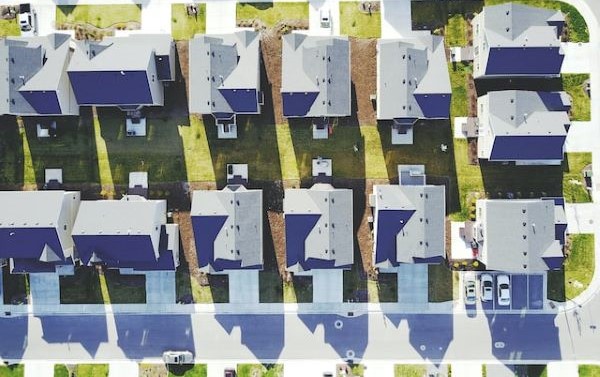Hurricane Ian’s Lasting Effect on Homeowners — How Residents are Grappling With the Aftermath in 2023

Preliminary estimates suggest that Hurricane Ian, which hit Florida in late September 2022, produced at least $50-65 billion in property and infrastructure losses, making it one of the most costly natural disasters in U.S. history. For residents navigating property damage, the idea of rebuilding may seem out of the question due to the variety of challenges that many are still facing in early 2023. From the aftermath of the storm to the obstacles that residents and homeowners are facing, here’s what you need to know regarding Ian’s effects.
Ian’s devastation
According to the Florida Medical Examiners Commission, the Category 4 storm killed nearly 150 people. With hundreds still displaced more than four months later, living in tents, cars, motels, or trailers, has become a stark reality for many residents, notes an article from The Washington Post that details the lives that people have led since the disaster hit. Many, for instance, are left to wonder whether they’ll receive recovery money from their insurance companies, the state, the federal government (or a combination, notes the post).
Another frustrating effect left behind by the flooding that Ian brought is the mold and mildew, which continues to ravage several homes. Mold, which thrives in warm, moist environments, can appear quickly after a home is flooded, though can occur due to other issues as well (such as persistent humidity, condensation build-up, and poor ventilation), making mold growth an issue that any homeowner could potentially encounter. Due to the health issues that can stem from mold exposure, getting the issue inspected, tested, and removed as soon as possible is imperative, whether the mold is a result of flooding or not. That said, professional remediation through a reputable team that offers 24/7 emergency service and expert technicians can prove to be valuable in any mold situation. However, this isn’t the reality for everyone after Ian.
“It gets into everything,” says Nancy George. “It’s in the walls, it’s in the floors, and it could be in the ceilings because most of them have been closed up for so long.” With her home covered in mold and past the point of repair, it’s not the only house in such a state. “Mold is a huge problem here, for everybody,” says George. “Almost all of these homes are gone because of the mold.”
According to the January 2023 Wink News article, Nancy, like many others, were still waiting for FEMA disaster assistance money — highlighting just one of many hurdles that Floridians struck by the hurricane are dealing with.
An array of challenges
The financial challenges brought on by Ian have left many homeowners unsure of their future. While some may rebuild without a second thought, others simply aren’t able to afford the same luxury. According to one Time article, many of the residents (and business owners) that were hit hardest by Ian are those who are least able to afford the high costs of rebuilding, especially when it comes to rebuilding to better prepare for storms in the future. The Time post goes on to point out the costs associated with hurricane shutters, or impact-resistant windows, which alone add thousands of dollars in additional building costs.
In addition to the high costs of rebuilding, those who are displaced are facing additional frustrations in early 2023. Navigating disaster response has been challenging for many as well. Lee McCall, 86, whose house is located in St. James (and is still rotting after the hurricane), has been staying in an RV with her husband. Her two daughters live in a nearby tent, and her two grandkids are in another. The CNN article notes that McCall says they’re still waiting for their insurance payout, and don’t have the money to rebuild. The McCall family isn’t alone — many are still homeless or living in undesirable situations. The article further goes on to mention that many survivors, few of which have insurance and say they’ve been approved by FEMA for temporary housing units don’t know when they’re coming — in fact, it’s noted that nearly 3,000 households have been approved for direct housing since the hurricane, though as of early February, FEMA says that only 225 have received it.
A common goal — recovery
Regarding programs that aim to help Floridians affected by Ian, the state has announced a program to provide materials to repair homes that were damaged by the hurricane. Announced by the Florida Division of Emergency Management (FDEM), the state program aims to provide verified nonprofit organizations with materials to restore a damaged home to a habitable condition. It’s further noted that the Florida Disaster Fund will provide funds to verified nonprofit organizations in order to conduct the repair work. With the goal being to expedite the process of getting residents back into their own homes. When it comes to temporary housing, Gov. Ron DeSantis announced further initiatives and funding for recovery in January, saying that the state team launched their own travel trailer program in November. As of January 19th, there had been 140 trailers placed by the state, and it had ordered an additional 2,400 more.
Florida residents affected by hurricane Ian are still facing a variety of challenges, despite the fact that the storm hit the state back in September. From the housing issues to the financial hurdles, endeavors such as the state’s travel trailer program aims to help accelerate the road to recovery.


